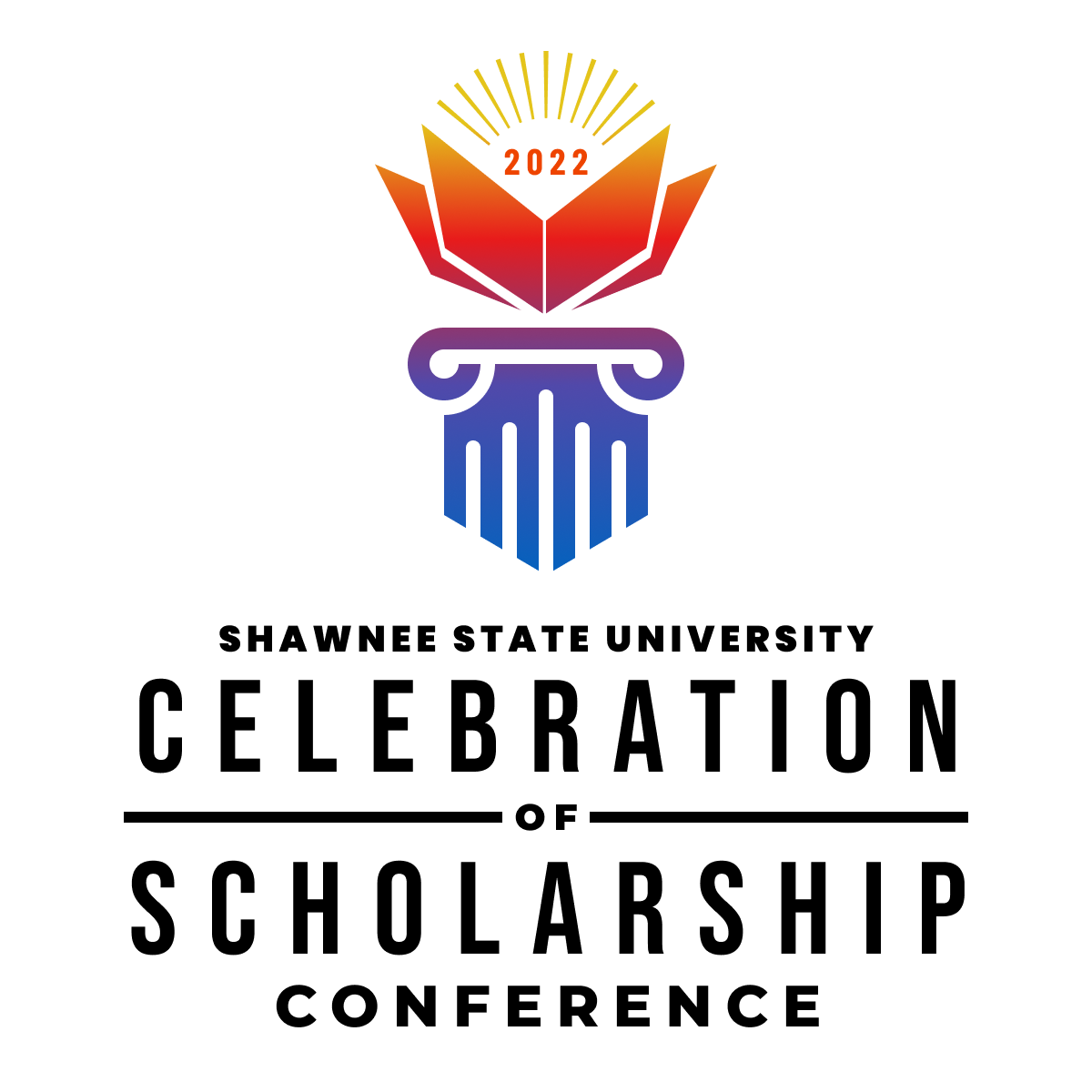
Thursday, 4/7/2022
Loading...
University
Shawnee State University
Major
English and Humanities Education
Presentation Types
Oral Presentation (Live)
Keywords:
English classrooms, Fiction novels, and Common core state standards.
Abstract
The Common Core State Standards (CCSS) require that English Language Arts (ELA), Science, Social Studies, and Technical Subjects incorporate nonfiction (informational) texts into the curriculum. However, in recent years nonfiction texts have taken precedence over other literary genres within secondary education institutions that follow the CCSS. Although nonfiction texts have undeniable value in secondary curriculum, this has limited the use of fiction texts and has potentially impacted the ELA classroom. This study seeks to understand the impact of fiction and young adult (YA) literature on secondary students within a rural Appalachian educational institution when compared to nonfiction texts. Participants are all full time students at a secondary educational institution in rural Appalachia. This study will use a mixed methods approach analyzing survey and summative data collected from participants. This study has the capacity to determine the value of fiction texts to meet CCSS and achieve prominent levels of student engagement.
Human and Animal Subjects
yes
IRB or IACUC Approval
no
Faculty Mentor Name
John Roush
Faculty Mentor Title
Dr.
Faculty Mentor Department
School of Education
Recommended Citation
Huston, Sarah, "Fiction vs. Nonfiction: Impact on Secondary Education" (2022). Celebration of Scholarship. 9.
https://digitalcommons.shawnee.edu/cos/2022/day4/9
Fiction vs. Nonfiction: Impact on Secondary Education
The Common Core State Standards (CCSS) require that English Language Arts (ELA), Science, Social Studies, and Technical Subjects incorporate nonfiction (informational) texts into the curriculum. However, in recent years nonfiction texts have taken precedence over other literary genres within secondary education institutions that follow the CCSS. Although nonfiction texts have undeniable value in secondary curriculum, this has limited the use of fiction texts and has potentially impacted the ELA classroom. This study seeks to understand the impact of fiction and young adult (YA) literature on secondary students within a rural Appalachian educational institution when compared to nonfiction texts. Participants are all full time students at a secondary educational institution in rural Appalachia. This study will use a mixed methods approach analyzing survey and summative data collected from participants. This study has the capacity to determine the value of fiction texts to meet CCSS and achieve prominent levels of student engagement.

